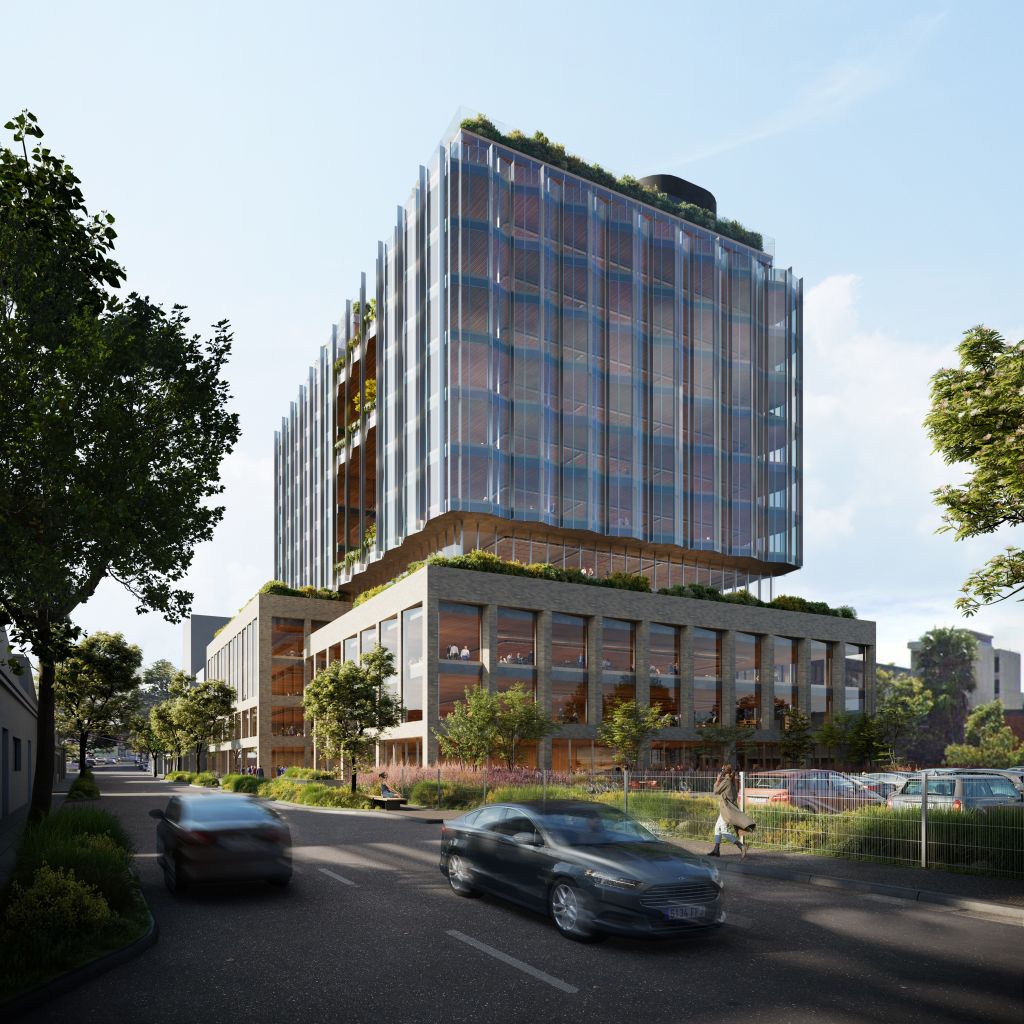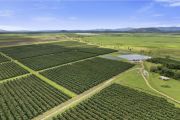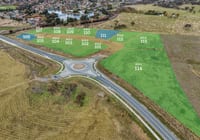
Sustainable spaces: ESG measures top of mind for office tenants and landlords
Office high-rises in Australia’s capital cities were once the epicentre of progress in environmental measures, but these days such advances are no longer limited to metropolitan hubs.
Office buildings everywhere, from urban fringes to regional cities, are embracing sustainability codes that are not only lowering running costs but are also bringing in more business and making employees happier.
“The reality is, any corporate office occupier has got a mandate now to do their bit in terms of zero carbon emissions,” explains Rob Joyes, Colliers director in charge, Melbourne East.
“So, any potential tenant or occupier looking at office buildings now – CBD or anywhere – they all want to do their bit to minimise the effect it has on the environment. It’s particularly important to the younger generations who are actually asking questions of their employers, ‘What are you doing as an organisation to assist with neutralising carbon emissions?’ So, it’s quite topical.”
Environmental, social and governance (ESG) measures are so commonplace, they can be found embedded throughout organisations and are used to screen potential investments.
ESG, sometimes referred to as corporate social responsibility or purpose-led business, is a tool for businesses to comply with community standards on everything from climate change to inclusion, wellness to fair pay.
Commercial offices tend to focus on sustainability measures through National Australian Built Environment Rating System (NABERS) ratings. This can be seen through initiatives such as better waste-management systems, rooftop gardens and solar energy.
At 31-53 Cremorne Street, Cremorne, three kilometres from Melbourne’s CBD, energy for the 12-storey, 18,000-square-metre building will be generated by rooftop pavers. This will be complemented by 1500 square metres of garden beds in the terraces and shading systems to protect the facade from urban heat.
Innovations such as these have the twofold effect of reducing running costs and attracting like-minded businesses, says Sameer Chopra, CBRE’s head of research, Pacific, and ESG, Asia-Pacific.
“There’s two components to it; one is, you can reduce energy costs,” he says. “Energy makes up between 10 and 15 per cent of the cost of operating a building. The rest is your people costs, cleaners and the like. So, anything you can do to become more energy efficient means you can get actual cost savings.
“The second part of the equation is tenants are very ESG conscious. Let’s say your tenant is an engineering company and let’s say their client is a government or a mining company, the engineering company will want to reflect the values of their client to win tenders.”
The emerging trend within commercial ESG is employee wellness. This takes in basic end-of-trip facilities such as showers and lockers, but also social spaces where workers can relax and mingle.
Wellness measures are increasingly important for tenants who want to bump up their employees’ happiness, particularly now when it’s difficult to attract talent.
“Tenants want good employee satisfaction,” Chopra says. “Is it close to public transport? Because we’re finding low commute times help bring employees back to work. And how close are childcare facilities to the building as well? You want to make sure that you’re giving your employees a good experience.
“If there are two buildings next to each other and you’re considering two leases, and one has got easy access to childcare, and one doesn’t, tenants will tend to gravitate to the one that will give their employees access to childcare.”
The drive for wellness in offices has led to the addition of luxe amenities such as infrared saunas, gyms, swimming pools and concierges.
At 1 Denison Street in North Sydney, tenants have access to a wide range of wellness offerings, including dance and yoga classes, circuit training, massage and physiotherapy.
Chopra predicts a future focus on more wellness measures.
“Where the needle is going to move a lot more is on wellness because people are very interested in making sure that employee satisfaction remains high,” he says.
“One of the big drawcards to bringing people to work or to shop or to live is around their wellness, and so I think wellness audits and wellness improvements will become very relevant, regardless of where you’re based.
“Wellness is tougher to measure, but it could be measured by things such as how much natural sunlight there is, what level of temperature control there is. All of those things feature in a wellness audit.”










